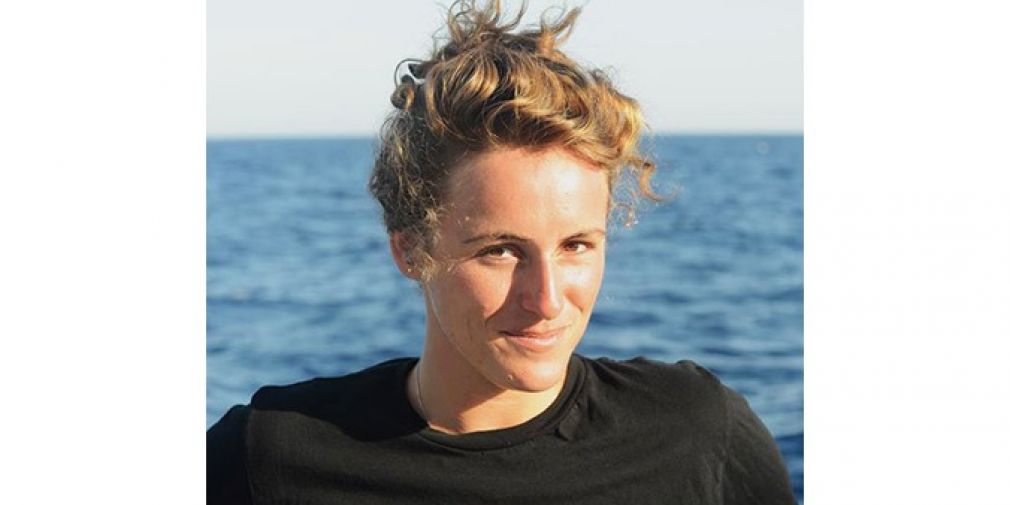L'OBSERVATOIRE
L'OBSERVATION
- Variables
- Stations d'observation
- Plateformes
- Services d'observation
- Organigramme
- Données d'observation
RESSOURCES

LE MERCREDI 09 JANVIER à 10h00, Laboratoire d'Océanographie de Villefranche-sur-Mer, salle de conférence Tregouboff
Directeurs de Thèse : Annick Bricaud et Julia Uitz
Composition du Jury :
Anne Petrenko (rapporteure, MIO)
Hubert Loisel (rapporteur, LOG)
Collin Roesler (examinatrice, Bowdouin College)
Paul Nival (examinateur, LOV)
Annick Bricaud (directrice, LOV)
Julia Uitz (co-directrice, LOV)
Résumé de la Thèse
Cette thèse a pour objectif principal de mieux appréhender la dynamique spatio-temporelle et verticale de la biomasse phytoplanctonique dans l'océan ouvert. Dans un premier temps, nous avons étudié la variabilité de la relation entre le coefficient de rétrodiffusion particulaire (bbp), un estimateur bio-optique du carbone organique particulaire, et la concentration en chlorophylle a (Chla) à l'échelle globale. Dans les régimes subpolaires, des changements concomitants de Chla et bbp correspondent à des variations de la biomasse du phytoplancton. Au contraire, dans les régimes subtropicaux oligotrophes, un découplage entre les deux variables peut être attribué aux processus de photoacclimation du phytoplancton ou à un changement de l'abondance relative des particules non algales au sein de l'assemblage particulaire. La Mer Méditerranée constitue, quant à elle, un régime intermédiaire à ces deux situations extrêmes. En utilisant le couplage entre bbp et Chla nous avons, dans un second temps, analysé la dynamique saisonnière et régionale des maxima profonds de Chla (SCMs) à l'échelle du bassin méditerranéen en développant notamment une classification des profils verticaux de Chla et de bbp. En Méditerranée orientale, des SCMs correspondant à une augmentation de la Chla intracellulaire des cellules phytoplanctoniques (photoacclimatation) ont été identifiés. Au contraire, des SCMs résultant d'une réelle augmentation de la biomasse carbonée en profondeur (SBMs) ont été observés de manière récurrente en Méditerranée occidentale. Suivant la piste d'une contribution potentiellement significative des SCMs à la production de carbone dans l'océan global, la production communautaire brute dans la couche de subsurface a été, dans un troisième temps, quantifiée. Pour cela, une méthode bio-optique d'estimation de la production basée sur le cycle diurne des propriétés bio-optiques a été utilisée dans deux régions distinctes de la Méditerranée durant la période estivale oligotrophe. Nous avons ainsi mis en évidence une importante contribution des SCMs à la production totale réalisée dans la couche productive, pouvant atteindre plus de 40% en Méditerranée occidentale.
Abstract
The main objective of this thesis is to improve our understanding of the spatio-temporal and vertical variability of phytoplankton biomass in the open ocean. First, we investigated the variability of the relationship between the particulate backscattering coefficient (bbp), a bio-optical proxy of the particulate organic carbon, and the chlorophyll a concentration (Chla) at a global scale. In subpolar regimes, concomitant changes in Chla and bbp correspond to variations in phytoplankton biomass. In contrast, in subtropical regimes, a decoupling between the two variables was attributed to photoacclimation processes or a change in the relative abundance of non-algal particles to the particulate assemblage. The Mediterranean Sea stands as an intermediate regime between these two end-members. Next, we analysed the seasonal and regional dynamics of subsurface Chla maxima (SCMs) in the Mediterranean basin by developing a classification of the vertical profiles of Chla and bbp. In the Eastern Mediterranean, SCMs corresponded to an increase in the intracellular Chla induced by photoacclimation of phytoplankton cells. However, in the Western basin of the Mediterranean Sea SCMs corresponded to an actual increase in carbon biomass at depth (SBMs). Lastly, we investigated the potentially significant contribution of SCMs to carbon production, by quantifying the gross community production in the subsurface layer. A method based on the diurnal cycle of bio-optical properties was used in order to estimate production in two distinct regions of the Mediterranean Sea during the oligotrophic season. Our study revealed that SCMs might contribute over 40% of the depth-integrated production in some areas, thereby suggesting the potentially important biogeochemical role of SCMs.
Modifié le